From the Ba Lat estuary to Lao Cai, we visited and admired dozens of temples, pagodas, spiritual destinations, tourist spots, and many scenic spots along the Red River. Upon reaching Lao Cai, we visited Bao Ha Temple - a sacred temple dedicated to the "Guardian God" of the border region. This is also a tourist destination that visitors should not miss when they have the opportunity to visit Lao Cai.
Bao Ha Temple is bustling with tourists visiting and worshipping.
Located within the "Hoang Bay Guardian Deity Relic Complex," Bao Ha Temple in Bao Ha commune, Bao Yen district, has long been known not only as a historical and cultural relic but also as an attractive spiritual tourism destination for visitors from all over. When we arrived, even though it wasn't a weekend or a holiday, the temple complex was still bustling with visitors. Many came to visit and worship, while a significant number simply came to admire the scenery and take photos, as Bao Ha Temple had recently been renovated, expanded, and upgraded to be magnificent and majestic beside the Mother River.
The Bao Ha Temple has been renovated and expanded to become a magnificent structure today.
We lit incense sticks and clasped our hands in silent gratitude to the "Guardian Deity" for protecting and guiding us on our long journey, ensuring our safety and smooth progress. Leaving Bao Ha Temple, we crossed the river to visit Co Tan An Temple – dedicated to the goddess of the mountains – and then continued along the riverbank to explore other spiritual tourist destinations such as Dong An Temple, Co Hai Temple, Quan Temple, and Cam Temple.
Annual festivals are held at Co Tan An Temple and Bao Ha Temple. This is an opportunity for tourists and locals to commemorate the contributions of the generals who served the country.
Along the Red River upstream to Lao Cai city, there are many destinations for spiritual tourism, especially the Thuong Temple, a place of worship for National Hero Tran Quoc Tuan, who made great contributions to the defense of the country's borders. The temple, nestled beside the Nam Thi River, boasts picturesque scenery and a harmonious blend of traditional architecture and local culture, giving it a majestic and awe-inspiring appearance. Upon arriving at the gate of Thuong Temple, visitors are impressed by the sight of a more than 300-year-old banyan tree with lush green branches casting its shadow. Beneath the ancient banyan tree is a shrine dedicated to the Goddess of the Forest.
The banyan tree, over 300 years old, still has a lush green canopy, casting its shade.
Continuing further inside, visitors will see the temple built in the ancient "Công" (Chinese character for "work") architectural style, both auspicious and majestic, yet very solemn. Inside the main hall are the altars arranged in order: the altar for Shakyamuni Buddha, the altar for the Three Holy Mothers, the altar for Saint Tran Hung Dao, the altar for the Jade Emperor... and the altars on the left and right sides dedicated to the Second Mountain Goddess, the Twelve Immortal Maidens, the attendants of the Lord, and the young guardian of the temple. Next to the Upper Temple is a square pavilion with 4 gates, 8 dragons guarding it, and in the center of the pavilion is a golden turtle carrying a stone stele inscribed with the story of "Saint Tran".
The Upper Temple attracts thousands of visitors every year who come to visit and worship.
The Upper Temple was classified as a National Historical and Cultural Monument in 1996. Every year, the Upper Temple holds a festival on the 15th day of the first lunar month, attracting many domestic and international tourists to visit and worship.
Every year, the Upper Temple holds a festival on the 15th day of the first lunar month. Photo: Ngoc Bang.
Besides visiting and paying respects at the Upper Temple, tourists can also visit and check in at the Lao Cai International Border Gate, visit border marker 102, visit the nearby Mother Goddess Temple, and shop at Coc Lieu market for a complete experience.
Continuing our journey, we traveled another 60 km to Lung Po (A Mu Sung, Bat Xat) - "where the Red River flows into Vietnamese territory". The road along the Red River from Lao Cai city to Lung Po has now been upgraded and repaired, paved with asphalt, making our journey smoother and giving us time to visit the Trinh Tuong Mother Goddess Temple and check in at milestone number 94 - a landmark located right on the banks of the Red River.
The Lung Po flagpole stands majestically on the border.
According to the locals, the place name Lung Po means "Dragon's Head." Legend says that the Lung Po area was once ruled by the youngest son of the Dragon King. Lung Po was a flat, beautiful place with clear, cool water, where fairies, daughters of the Immortal King, often came to stroll and bathe. The Dragon Prince fell in love with the youngest fairy and traveled with her, enjoying the beautiful scenery. The Jade Emperor, knowing of this, punished them by transforming the land into a remote, desolate place, where the earth and rocks shifted, some areas sinking into deep valleys, others rising high into mountains, forming the Lung Po of today.
This is where the Red River flows into Vietnamese territory.
Although we had been to Lung Po many times before, this visit brought us a truly special feeling, a mix of excitement and anticipation. At the legendary confluence of rivers, the Lung Po flagpole, a project completed in 2017 by the youth of Lao Cai, still stands tall and majestic. After climbing the 125 spiral steps to the top of the 31.43-meter-high flagpole – symbolizing the 3,143-meter-high Fansipan peak – and admiring the panoramic view of "where the Red River flows into Vietnam," under the fluttering national flag, our hearts pounded faster, each beat filled with emotion.
The border landscape as seen from the Lung Po flagpole.
We felt even more proud visiting milestone number 92, walking on the sandy and gravelly banks, and dipping our hands into the cool waters of the Mother River – a source of silt that has nurtured and cultivated the dreams and souls of generations of Vietnamese people. Standing at "where the Red River flows into Vietnamese territory," reflecting on our journey, we felt a profound sense of pride because from this place, every year the river carries layers upon layers of silt, enriching the riverbanks and forming the fertile and vibrant Red River Delta.
At the foot of the flagpole lies a lush green village.
Over millions of years, the Mother River has contributed to the formation of prosperous villages and developed cities, rich in cultural identity, allowing us to experience and explore many lands, meet people, and visit interesting and fascinating landmarks and historical sites. It becomes even more captivating if many tourists can discover the wonderful journey from Lung Po – “where the Red River flows into Vietnam” – to Ba Lat estuary – “where the Red River merges with the sea,” to listen to the river tell its story and experience the lands and meet the people along its course.
Final article: Connecting tourism in provinces along the Red River
Source: https://baolaocai.vn/ngay-8-noi-con-song-hong-chay-vao-dat-viet-post399374.html



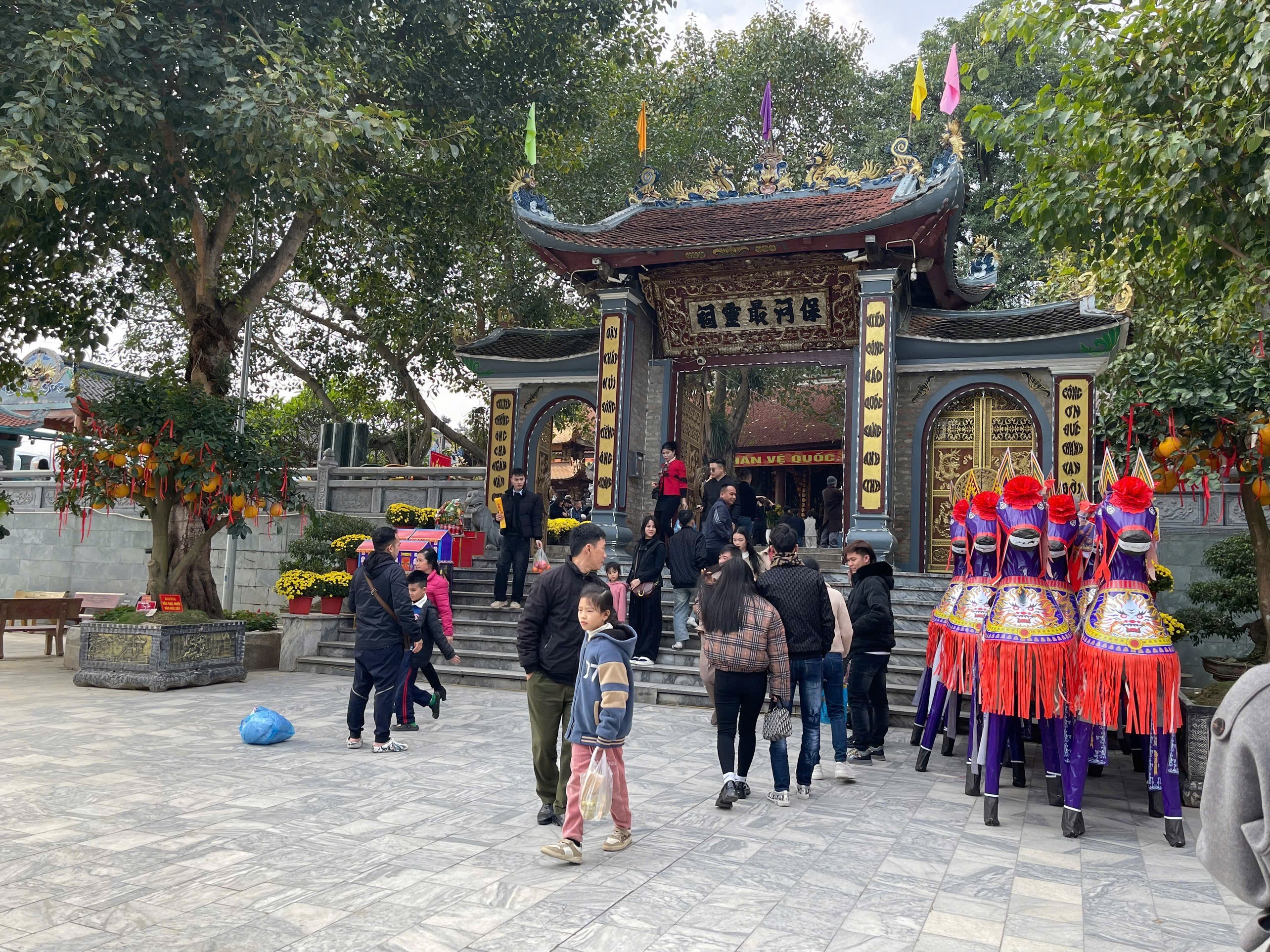
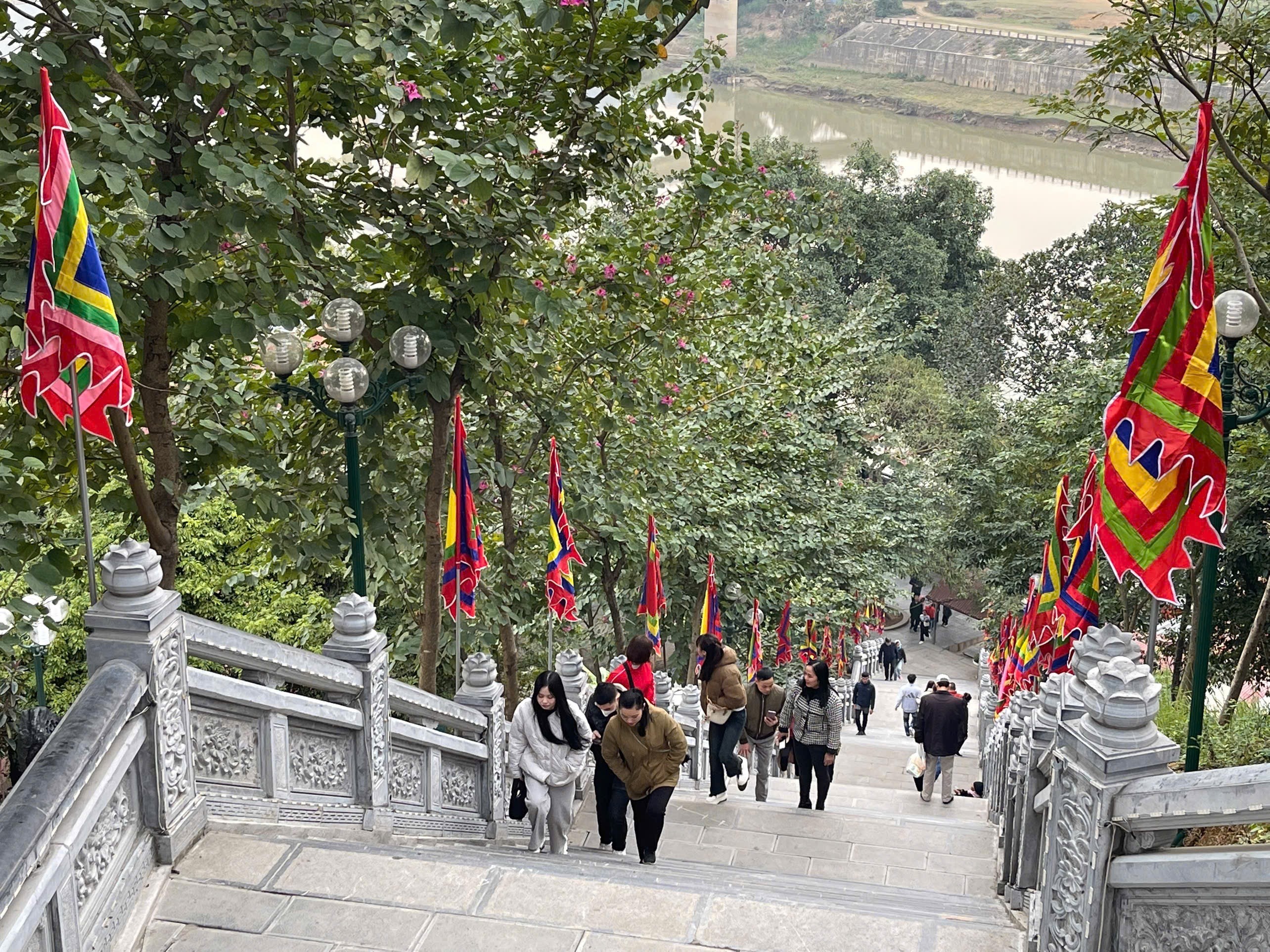

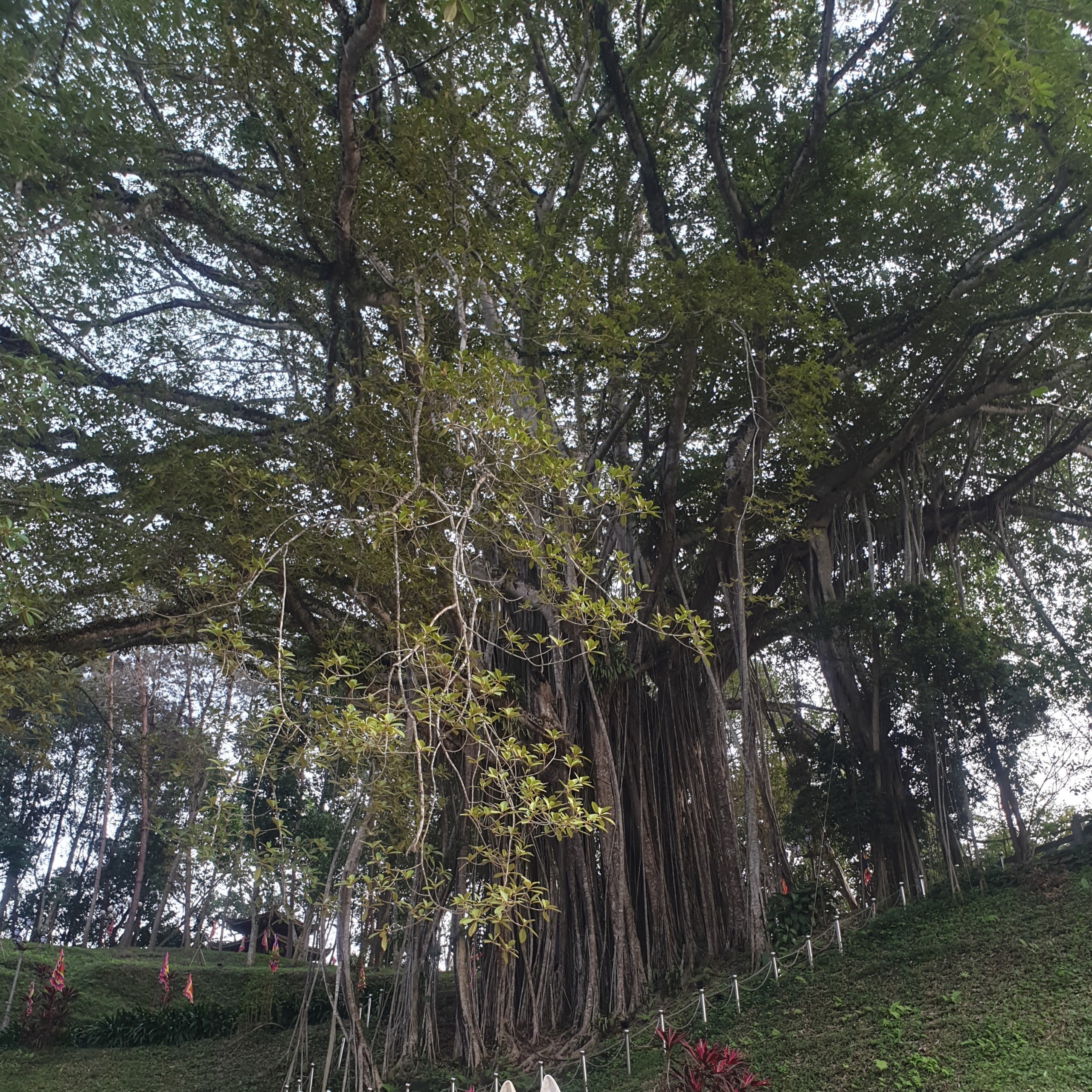
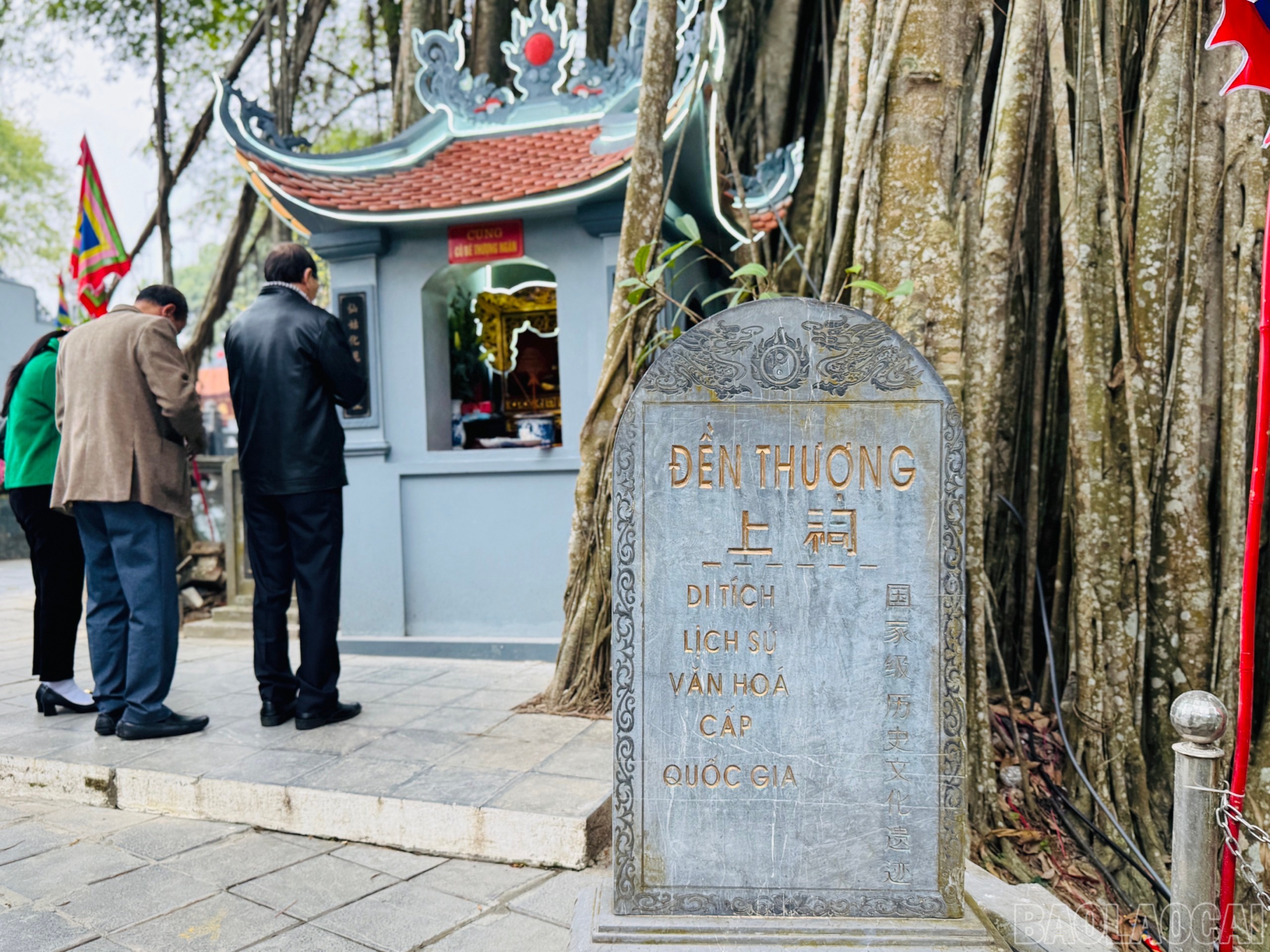
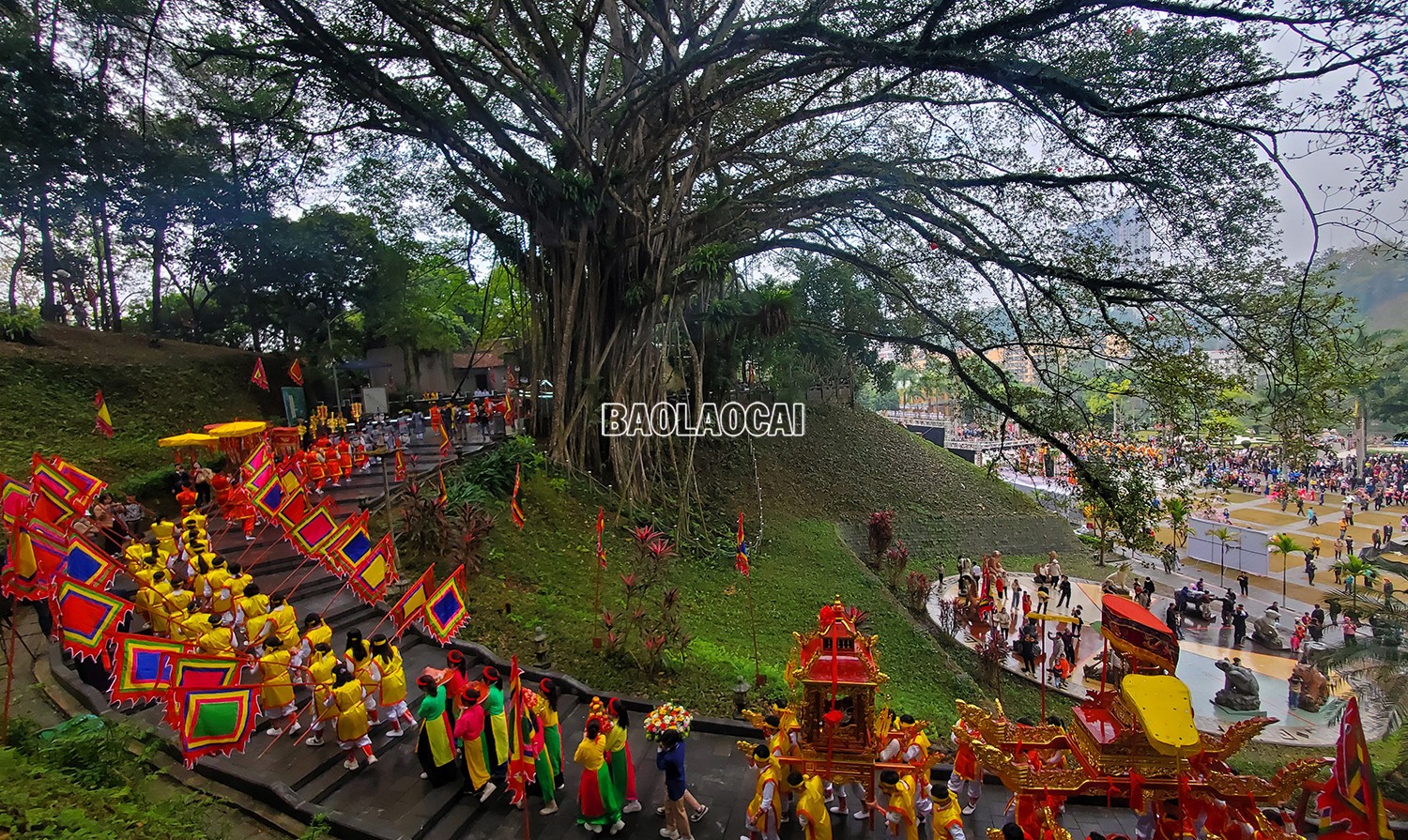

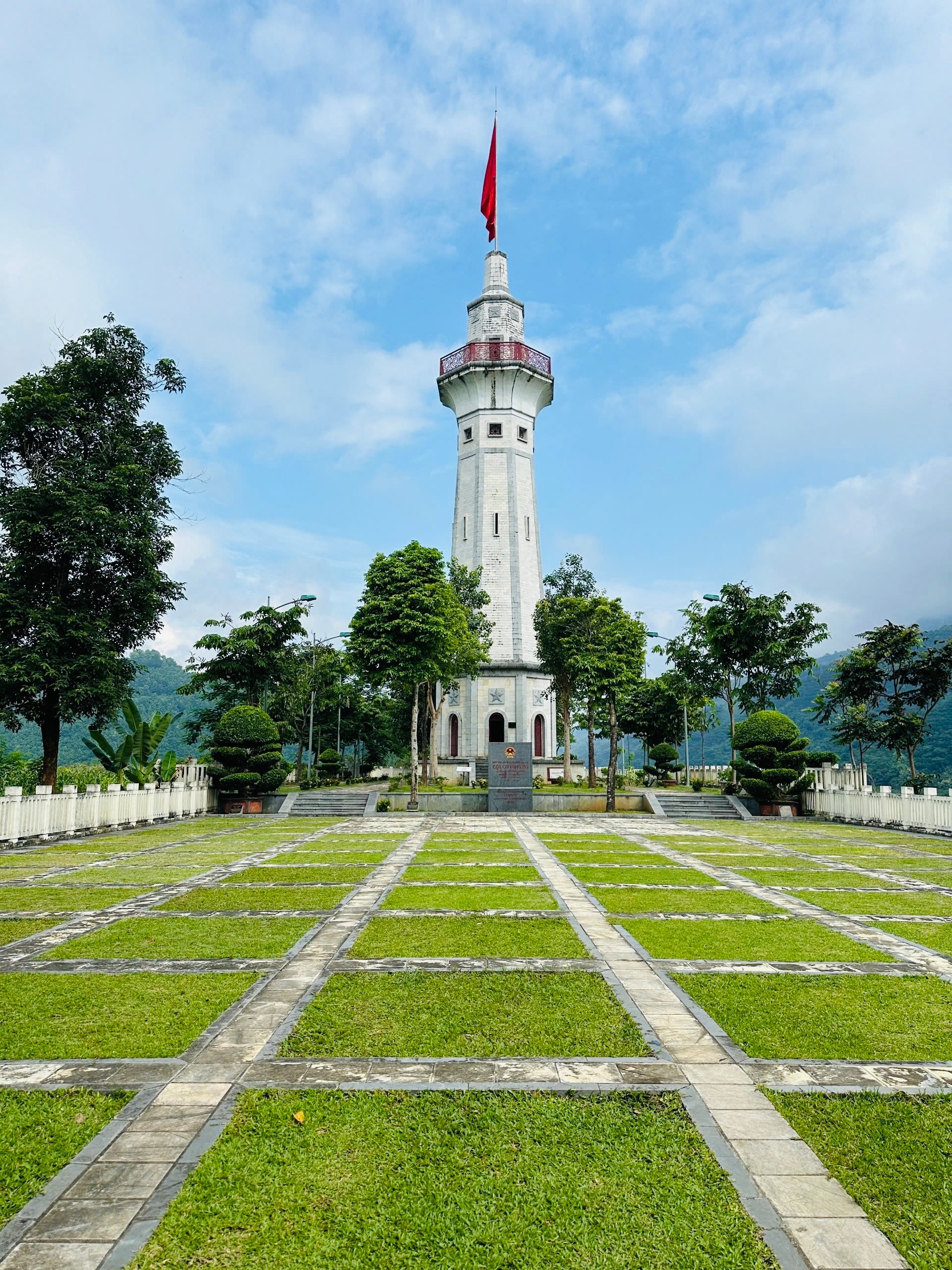
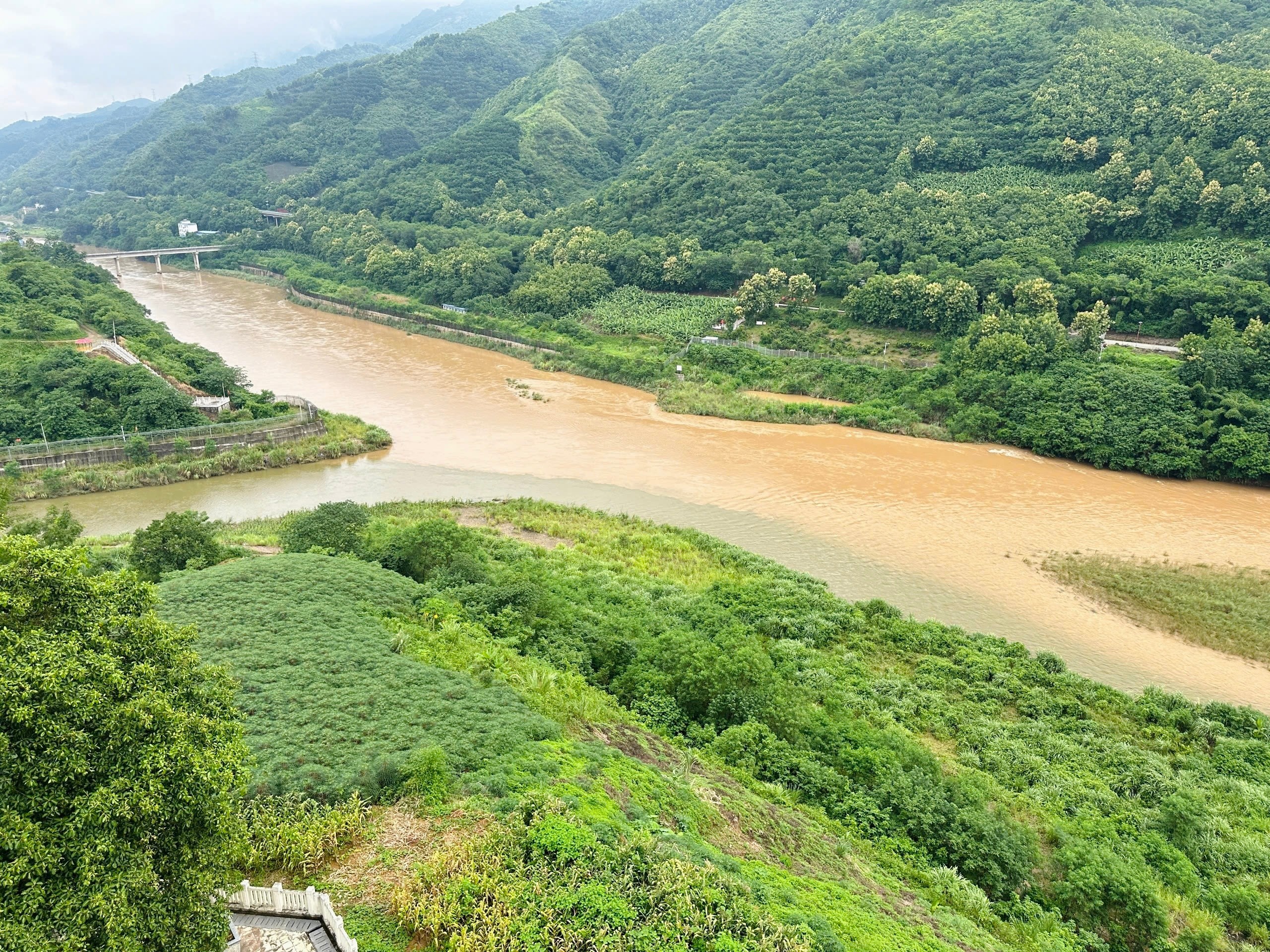
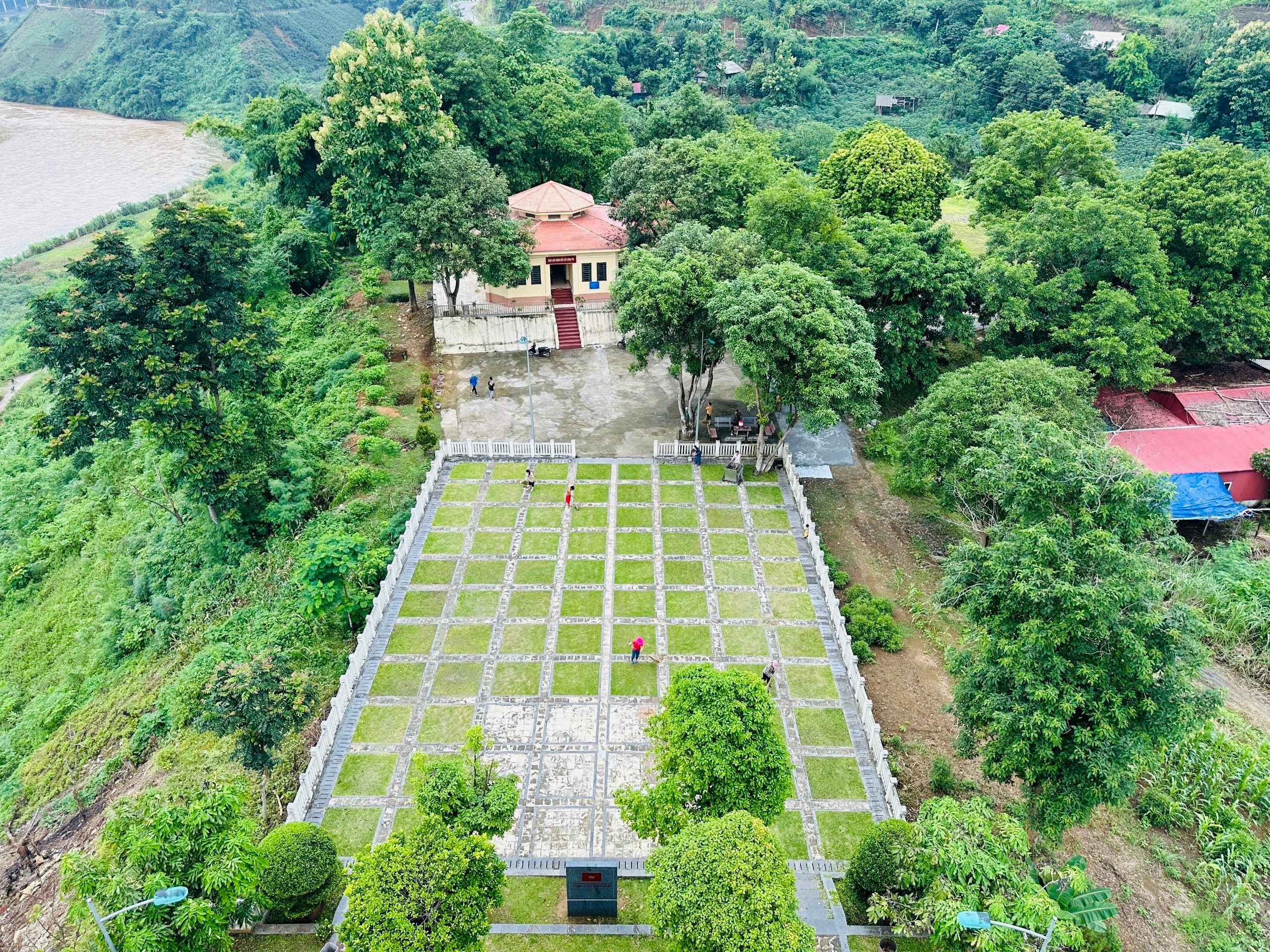
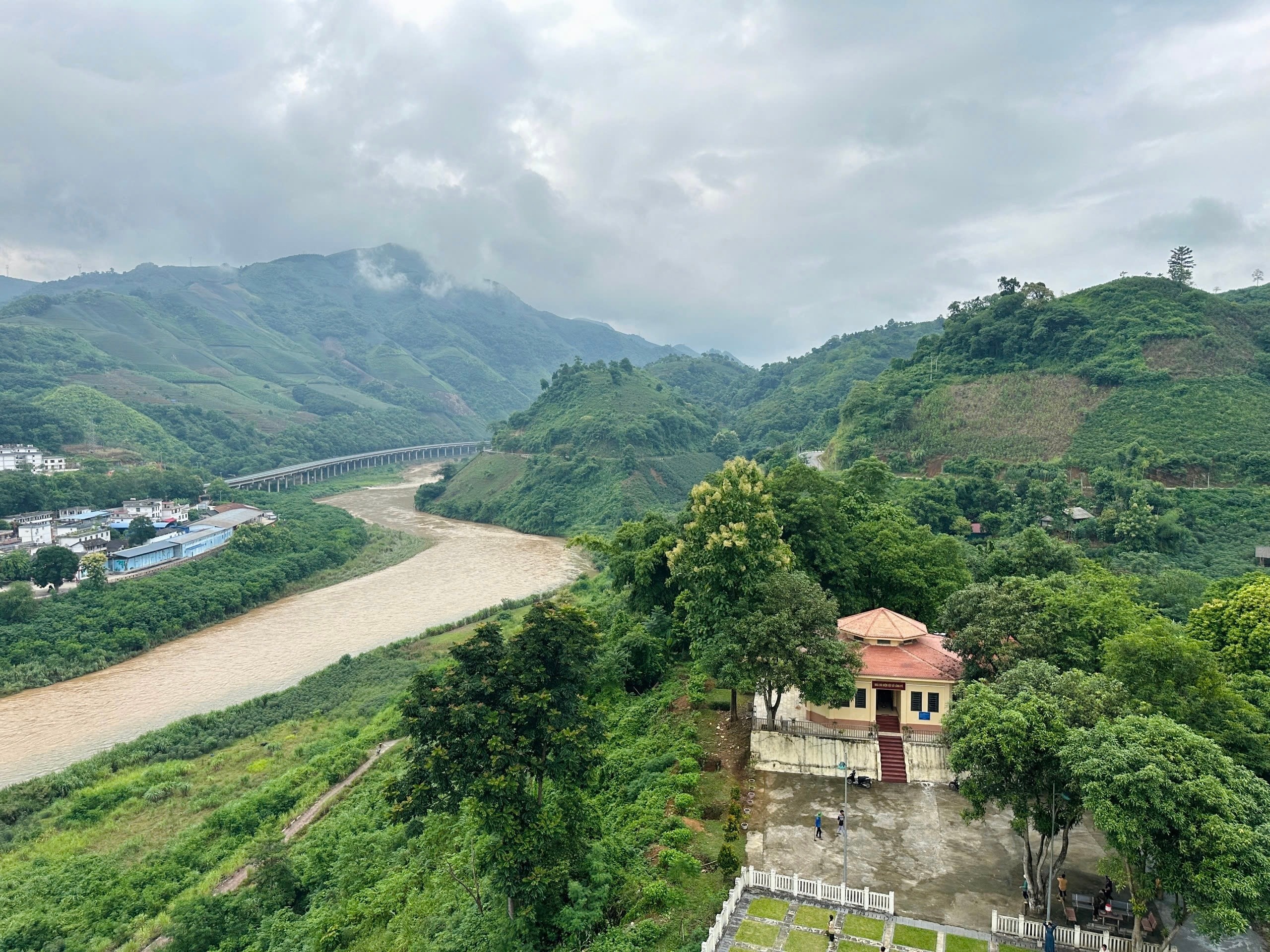

































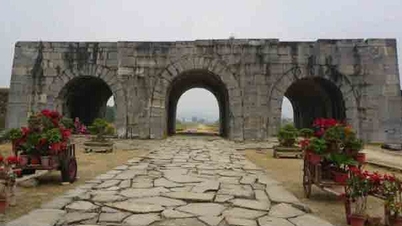















































![[Photo Gallery] Dong Nai bursts with Christmas colors](https://vphoto.vietnam.vn/thumb/402x226/vietnam/resource/IMAGE/2025/12/23/1766504555135_2509973652807063001_2_20251223201437_20251223212305.jpeg)



















Comment (0)